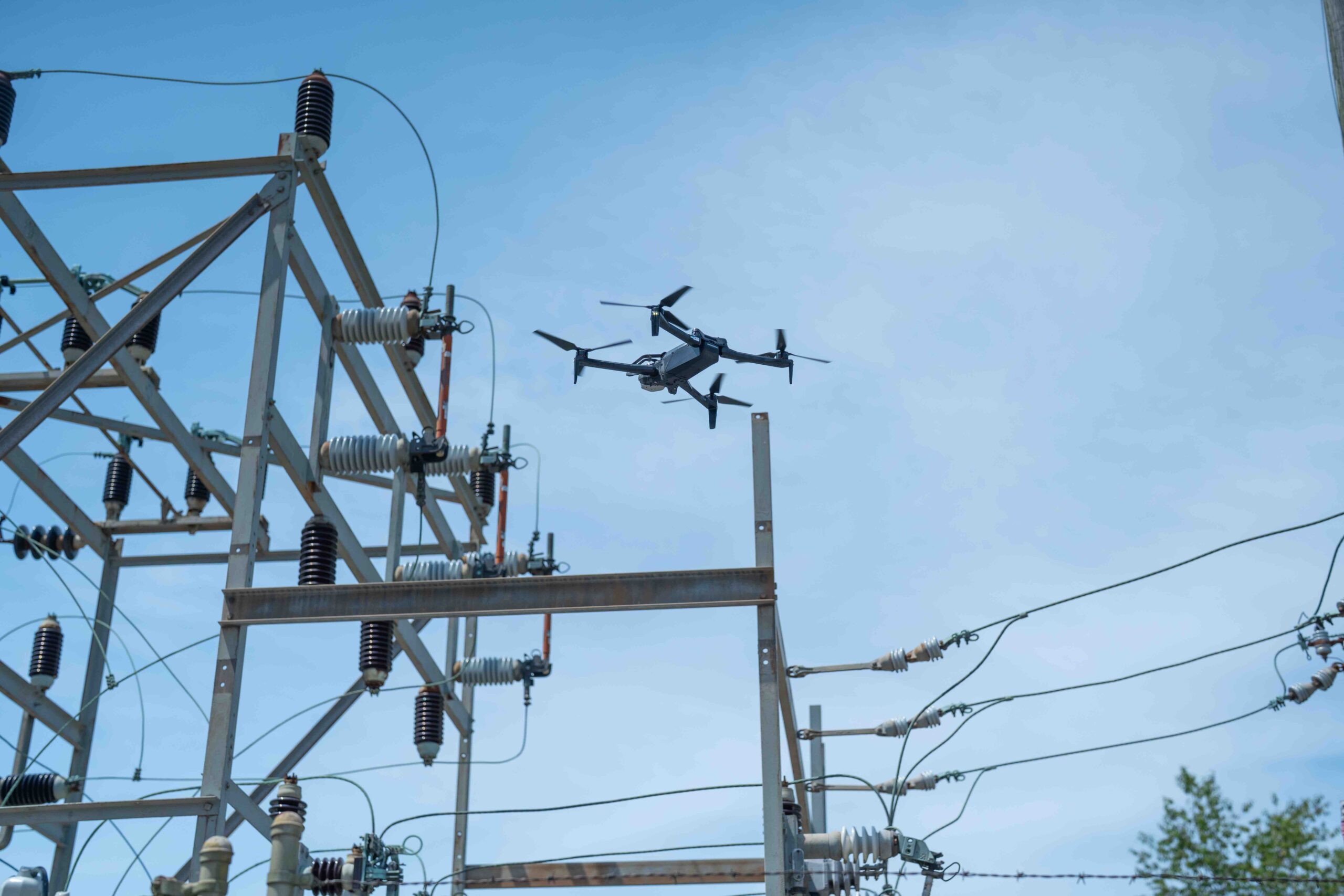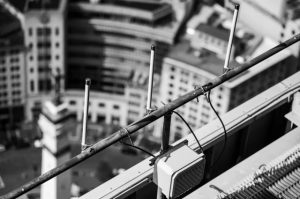New Legislation Accelerates Drone Integration into Infrastructure Inspections
By Neesa Sweet – With the recent enactment of the 2024 FAA Reauthorization Act and the UK CAA’s new BVLOS exemptions, regulations surrounding drones are shifting from restrictive to empowering. These legislative changes are driving the mainstream adoption of drones for infrastructure inspections, providing utilities, transportation agencies, and local governments with tools to boost efficiency and scalability.

As drones become a familiar part of the aviation landscape, their application in inspections has also expanded. Public sector investment and partnerships for UAS inspections are significantly growing in both the U.S. and the U.K.
The advantages are obvious: UAS inspections are notably quicker, safer, more efficient, and cost-effective. A study by the American Association of State Highway and Transportation Officials in 2019 indicated that nearly 75% savings could be achieved through drone-assisted inspections over traditional methods. With both the U.S. and U.K. working on regulations to enable BVLOS operations, these benefits are increasingly recognized.
Legislative Developments Driving Drone Adoption
In the U.S., the 2024 FAA Reauthorization Act includes several provisions aimed at advancing the drone industry. Notably, the Drone Infrastructure Inspection Grant (DIIG) program is the first grant initiative designed to assist local governments in expanding drone inspections. Additionally, it allocates $20 million to enhance education programs for the drone workforce, which previously lacked funding.
In parallel, the act mandates the FAA to establish new BVLOS rules by last September.
Across the Atlantic, the UK’s Civil Aviation Authority (CAA) now permits remote piloted UAS to engage in BVLOS operations in “atypical” scenarios, specifically allowing drones to fly at low altitudes near critical infrastructure, where the presence of other aircraft is minimal. This includes inspections of power lines, maintenance checks on wind turbines, and security applications.
Utilities Maximizing Drone Technology
According to Heath McLemore, Senior Manager of Smart Grid and Innovation at Florida Power and Light (FP&L), drones are now integral for overhead equipment inspections. “Since we began using drones in 2018, a majority of our inspections are now performed this way. We are also implementing highly automated drone systems for these tasks,” he shared.
FP&L’s drone selection is versatile, adapting to job requirements. “Our main concern is service reliability,” stated McLemore. “We aim to identify potential equipment failures before they impact our customers, leveraging drone technology to enhance our inspections with better, safer, and faster imagery.”
The shift from old manual assessment methods, such as walking or driving along lines, has been transformative. “Drones offer a comprehensive 360-degree view, allowing us to inspect hard-to-access areas,” he noted.

FP&L utilizes two photo techniques: standard visuals for identifying concerns and thermal imagery to detect abnormal heat signatures. “Every piece of equipment has an expected operational temperature,” explained McLemore. “If we detect heat anomalies, it indicates maintenance is necessary.” This proactive approach helps avoid service interruptions.
With various drone types in use, FP&L captures a wide range of data, using specialized sensors to enhance inspection accuracy and efficiency. LiDAR sensors are especially valuable for creating 3D visualizations of infrastructure, crucial for assessing surrounding vegetation, which is a significant concern in Florida due to its year-round growth.
Case Study: New York Thruway Authority’s Drone Program
Patrick Thompson, Director of Infrastructure Management at the New York Thruway Authority, shared insights into their drone integration journey, which started in 2021. Following a successful $1.5 million grant from the U.S. Department of Transportation, they are currently launching systems to bolster bridge inspection processes.
The Thruway, a 570-mile super-highway system with over 800 bridges, is engaging drones for inspections of critical structures. “Drones are invaluable for undertaking preliminary visual inspections on hard-access bridges, helping us prepare for traditional ones,” Thompson explained.
Streamlining data collection is another benefit. Drones facilitate efficient reporting processes, feeding directly into bridge inspection reports and reducing the time spent on site, thereby enhancing safety for inspectors and travelers alike. Negative impacts on traffic are minimal, maximizing the use of drone capabilities.
Employing the Skydio X2 and potentially the X10 drones allows inspections in GPS-denied environments. Coordination with their Department of Homeland Security provides robust training for drone pilots. Thompson’s team is committed to harnessing drones for engagements such as real-time assessment during incidents.
In conclusion, as demonstrated by FP&L and the New York Thruway Authority, drone technology is becoming a mainstay in infrastructure inspections, contributing to significant operational improvements and cost savings.
Explore the possibilities of drone technology in infrastructure and utility inspections today!













